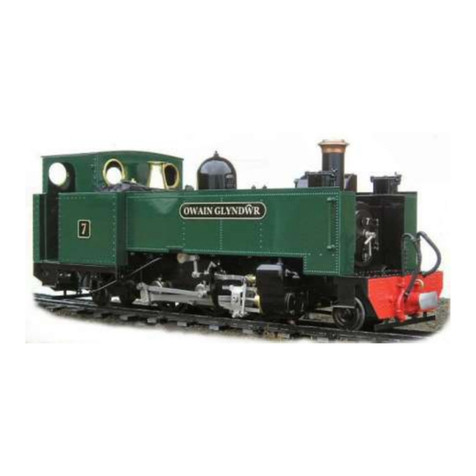roundhouse HBK18 Katie R/C Fittings Only Kit User manual
Other roundhouse Toy manuals

roundhouse
roundhouse SAMMIE & BERTIE User guide

roundhouse
roundhouse Mildred User guide
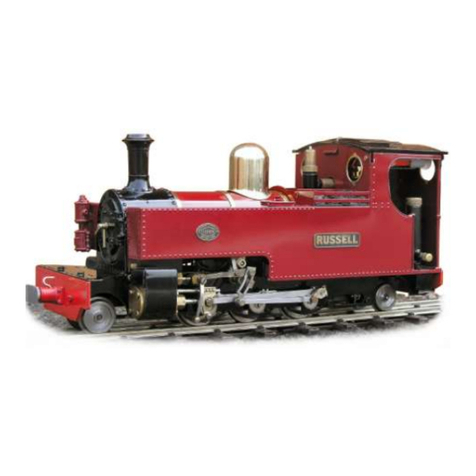
roundhouse
roundhouse RUSSELL User guide

roundhouse
roundhouse Criccieth Castle User guide
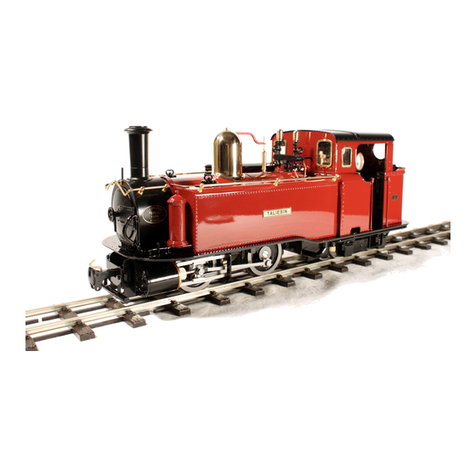
roundhouse
roundhouse TALIESIN User guide

roundhouse
roundhouse LEEK & MANIFOLD User guide

roundhouse
roundhouse MILLIE User guide
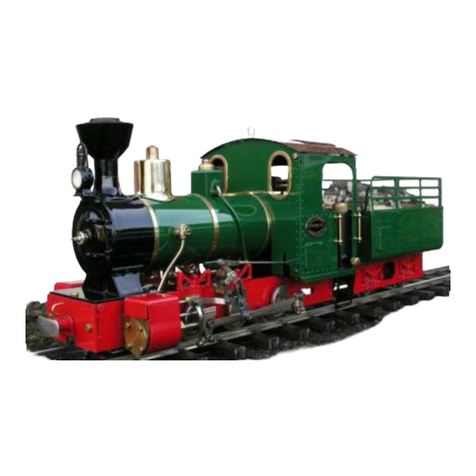
roundhouse
roundhouse WILLIAM User guide

roundhouse
roundhouse Carrie User guide
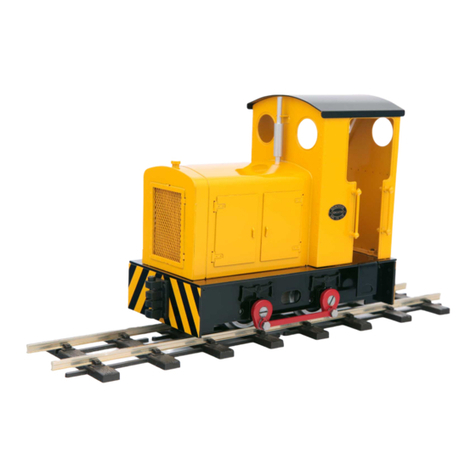
roundhouse
roundhouse Little John User guide
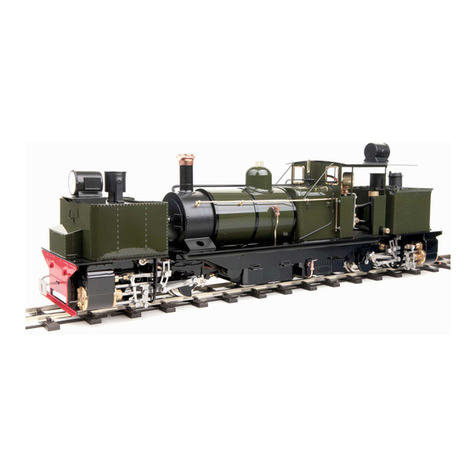
roundhouse
roundhouse Darjeeling 'D' Class Garratt User guide

roundhouse
roundhouse Katie User guide
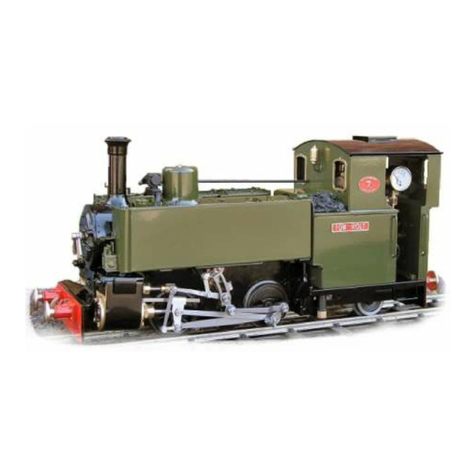
roundhouse
roundhouse TOM ROLT User guide
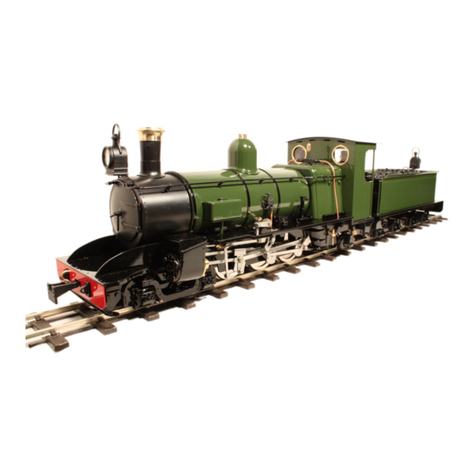
roundhouse
roundhouse Darjeeling C Class User guide

roundhouse
roundhouse FOWLER User guide
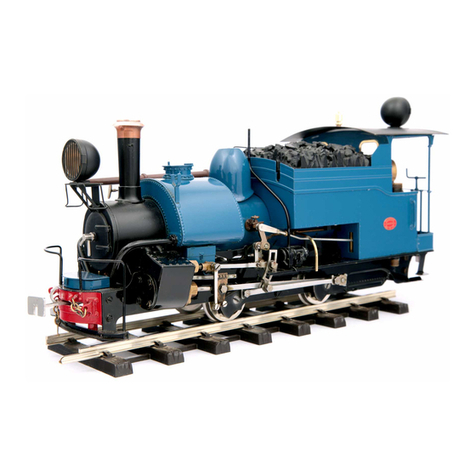
roundhouse
roundhouse DARJEELING 'B' CLASS User guide

roundhouse
roundhouse HBK8 User manual

roundhouse
roundhouse Linda User guide

roundhouse
roundhouse Beddgelert 0-6-4 User guide
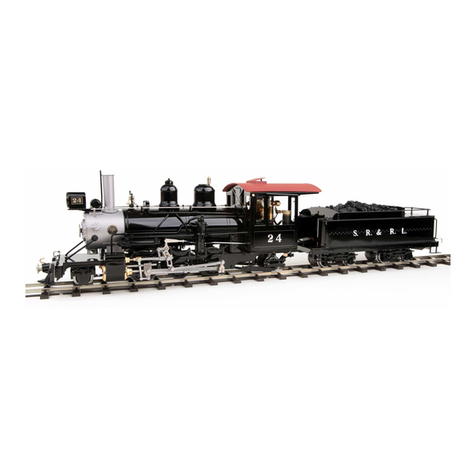
roundhouse
roundhouse SR&RL 24 User guide
Popular Toy manuals by other brands

FUTABA
FUTABA GY470 instruction manual

LEGO
LEGO 41116 manual

Fisher-Price
Fisher-Price ColorMe Flowerz Bouquet Maker P9692 instruction sheet

Little Tikes
Little Tikes LITTLE HANDIWORKER 0920 Assembly instructions

Eduard
Eduard EF-2000 Two-seater exterior Assembly instructions

USA Trains
USA Trains EXTENDED VISION CABOOSE instructions
